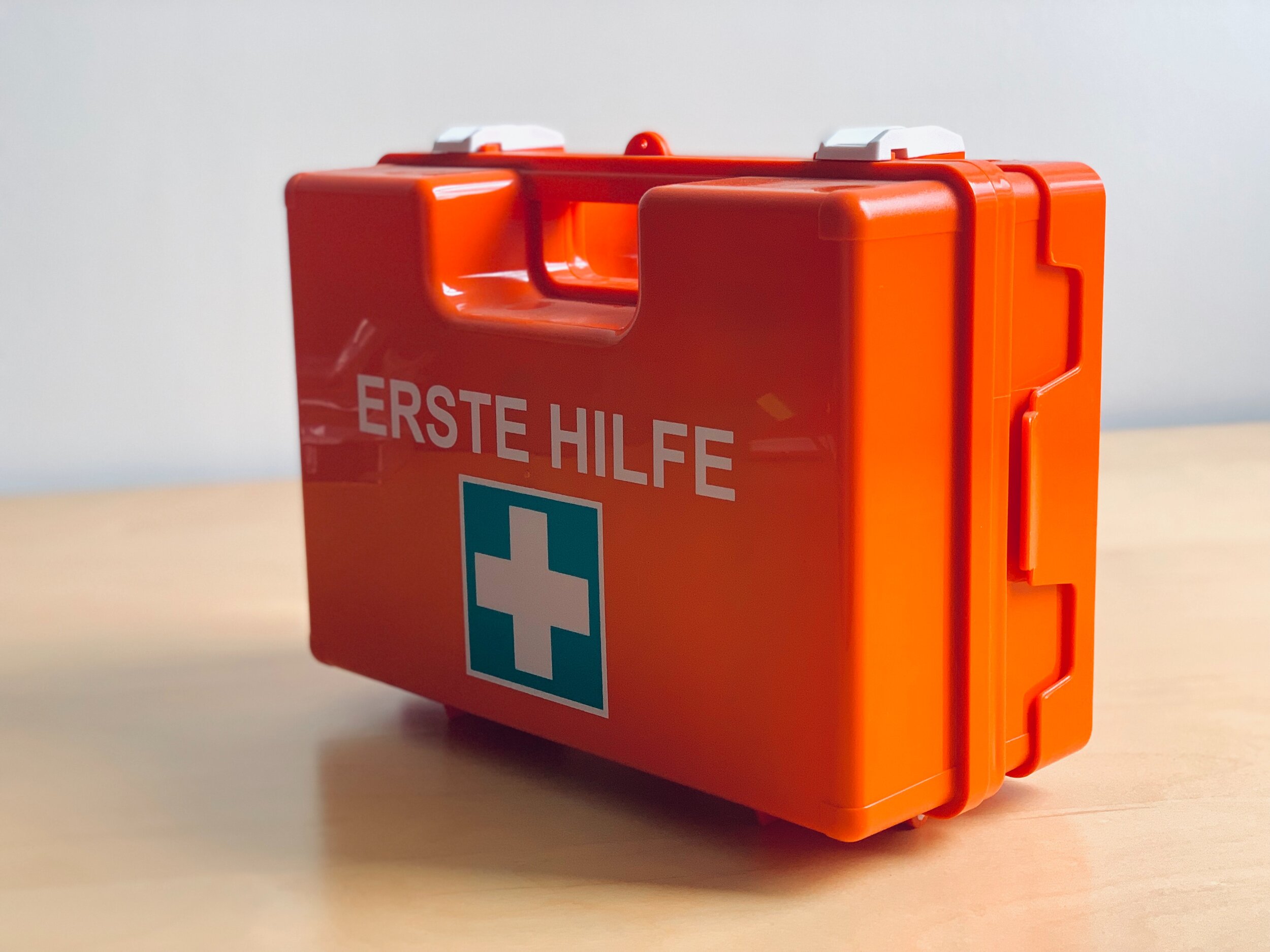4 Steps to Heal the Gut
REMOVE damaging foods and troubleshoot cravings
If you are experiencing bloating, constipation, diarrhea or indigestion, you must stop fueling the fire. Processed and packaged foods usually contains oils and preservatives that irritate the gut. Avoid the common offenders like refined sugar, coffee, eggs, meat, gluten and dairy. If you are still experiencing the same problems, reduce/remove grains.
You can save a lot of time and work by getting an allergy test or intolerance report. I use The Intolerance Testing Group because it is cheap enough to repeat the test in a few months. There are some tests that cost a few hundred dollars but your body's ability to digest foods will change, so you will want to re-test now and again.
It works by testing a hair sample against 600 food and non-food items. The results tell you what you are intolerant to, what nutrients you are deficient in and what foods contain those needed nutrients. By removing these foods temporarily and eating foods to build up nutrients are you missing, you allow your body to adjust and heal. I had my man do this test and his unexplained symptoms went away.
The test is simple; pay online, cut hair from anywhere on the body near the root and mail it in. You get results in a week or two (their turn around time has improved from 2 to 3 weeks) via email.To troubleshoot cravings, read this article: What Primary Foods Are and How They Influence Your Eating Habits
REPAIR by replacing damaging foods with gut healing foods and supplementation
Add fermented foods to your diet: sauerkraut, pickles, kimchi, kefir, kombucha, miso, sauerkraut. These foods help heal the gut. Kombucha is one of my favorite drinks and contains enzymes and probiotics that support gut health.
Supplement with digestive enzymes and probiotics. It is a good idea to diversify the strains and population of probiotics. I personally have a few different ones I rotate in and out.
REVAMP by fasting and changing your eating habits
Eat and only eat. Don't multi-task. Have everything you need for your meal before you sit. Stay seated.
Take smaller bites. This will help you chew your food thoroughly.
Chew well. Chew slowly.
Limit liquid intake. Choose warm tea or water over cold/iced. Drinking liquid will dilute your digestive enzymes.
Lightly steam your vegetables. Raw vegetables, especially the cruciferous ones like broccoli, cauliflower, brussel sprouts and cabbage, can be difficult for a weakened digestion. If you are ill, you most likely have poor digestion.
Have liquid meals. Give your body some rest and remove some of the work your gut has to do to digest solid foods. Besides bone broths, there are many options for this: kombucha with chia seeds, kefir, smoothies, vegetable juices, blended soups. During hot weather, gazpacho is a great way to have soup.
After a meal, sit still for 30 min to an hour if possible. It sounds like a long time but having company makes this easy. Allow your body to digest without restriction from getting up and doing tasks. Take this time to think about what you are grateful for.
REVIEW Keep a food journal to review periodically. This will be helpful to identify foods that you are unable to digest. They may be foods that aren't obvious and since your immune system is weak, there are probably many foods that apply. The main components are:
Date and the day number following each round (if you are doing chemo). This is because your good and bad days can follow a pattern. If your chemo is every 2 weeks, you will have 14 days in between each cycle. It varies from person to person and knowing which are your bad days will help you plan better.
Key notes or important events. Record anything that is of relevance like extreme fatigue, a scan, intense side effects, starting a new supplement, etc. I put this info near the date for easy reference.
Food. Record your meals and snacks. I was able to see that when I ate a large meal, I didn't do as well the following day. If I fasted one day, I am able to release more during an enema the following morning.
Supplements/tasks NOT in pill form. Using a pill box makes life much easier. Having several of these boxes allows me to load up on most of my supplements every 10 days. For other liquid supplements, creams, oil and tasks, I keep track by listing all of them each day. I draw a line according to how many times they need to be done and check them off as I go. I also couple them together to save space and write in abbreviated form. Markdown the time that you finish your glass of water. Check marks are okay to use, but if chemo brain sets in, It would be easy to mix up if and when you checked off your glass. Examples are:
medit._ _ (AM, PM)
enema_ _ _
water _ _ _ _ _ _ _ _ (I leave space for 8 glasses)
Zeo, Vit D _ _
DMSO & I _ _ (DMSO & Iodine)
canna, AK oil _ _ (cannabis oil, apricot kernels)
Every few months, re-order an intolerance or allergy test and adjust your diet. Part of this Review step is to cycle through all four of these step again once you reassess the changes your body has gone through. You will most likely find differences in what your body is able to tolerate as you progress through the healing process.
